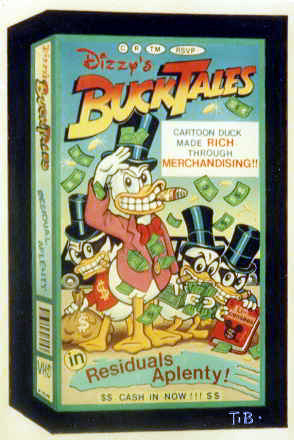Mini-Study: Car & Driver vs. Maxim
1) Findings:
As I scrutinized a Car & Driver magazine & a Maxim magazine, I discovered something that did not surprise me the least bit; the fact that there are a lot more women in partially clad or highly suggestive clothing than men.
2) Previous Study:
Carstarphen, Lambiase, Morgan, Reichert, & Zavoina (Beefcake & Cheesecake, Spring 1999, Journalism & Mass Comm Quarterly) the ads showed women being dressed more suggestively than men in magazines, during a comparison of ads from 1983 to 1993. In the study of 6 magainzes, women were more likely to be partially clad to scantily dressed than men.
3) Most important foundation literature
I scutinized the study done by Artermio Ramirez, Jr. called Sexually Oriented Appeals (SEX in Consumer Culture, Ch. 9). I borrowed his coding system to organize the ads into Male/Female, how they’re dressed – demure or scantily clad – there were several ads showing women dressed in short skirts or dresses promoting an item that would primarily be used by men.
4) Corpus & Methods
I perused through a recent issue of Car & Driver magazine, as well as Maxim magazine and did a qualitative analysis of them.
5) Findings I came to find out that in my study that over half of the sexually depicted ads were women dressed in a suggestive manner promoting an item that would be primarily used by a man. All of the ads, except for one, the men were dressed demure. There was only one ad for the carmaker Saturn who had pictures of several women dressed in a demure fashion.
6) Conclusion
In conclusion, I find out that in both of these magazines, which are of very different genres, both portray women in the fashion, primarily as sex objects that can sell a particular product that will mainly be used by a man. Though I expected to see a greater amount of the women as the main focus of the advertisement, the ad companies did a great job of selling the product to the consumer as well.

